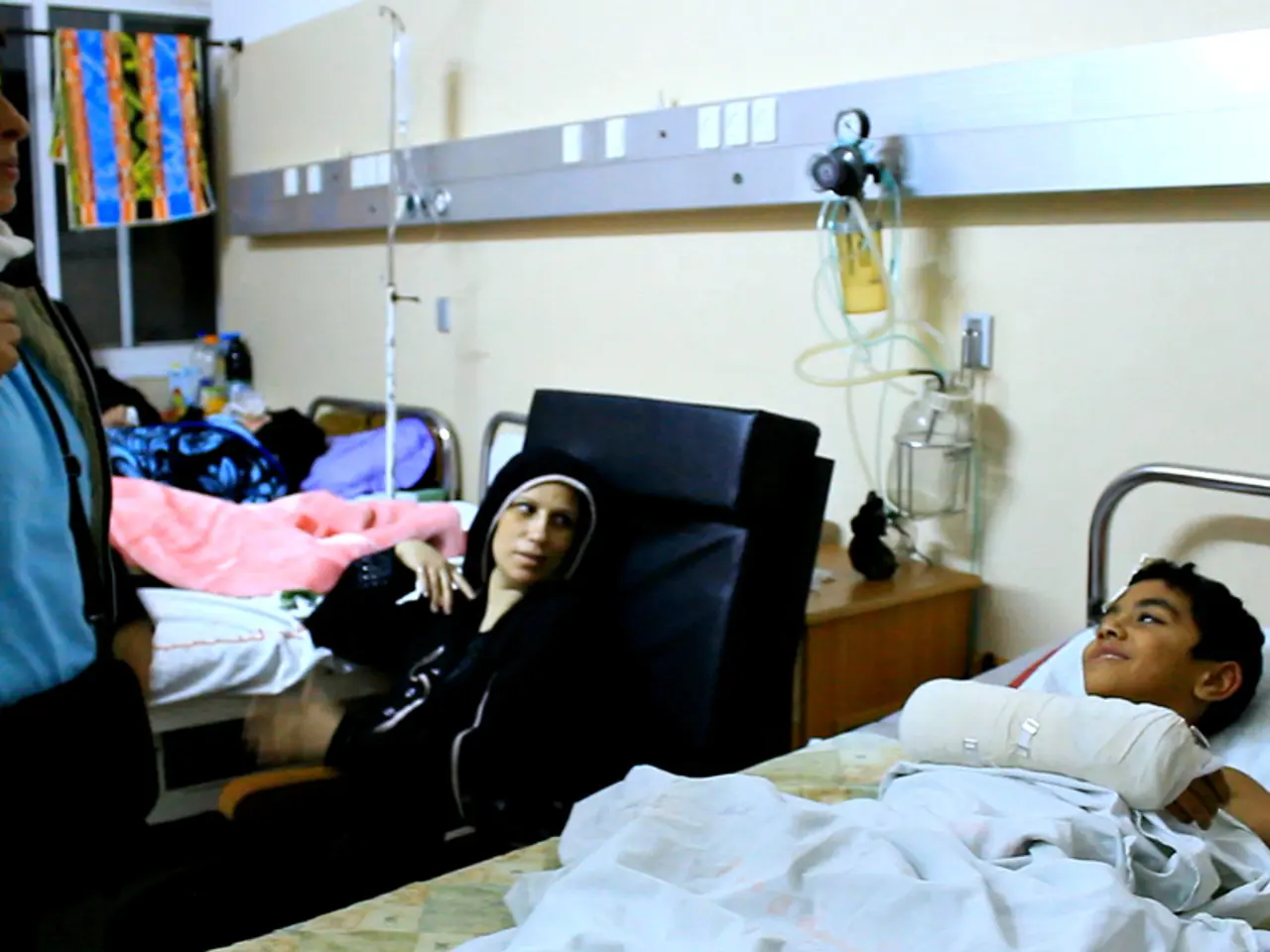Healthcare Interoperability: A Comparison between FHIR and HL7 Version 2
==============================================================================================
In the ever-evolving landscape of healthcare technology, interoperability has emerged as a critical area of investment, particularly in the wake of the COVID-19 pandemic. The Office of the National Coordinator for Health Information Technology (ONC) within the U.S. Department of Health and Human Services has identified HL7 Version 2 and FHIR (Fast Healthcare Interoperability Resources) as essential standards for achieving healthcare interoperability.
HL7, a data interchange standard first released in the late 1980s, has been a staple in the healthcare industry, with more than 95% of U.S. healthcare organizations using HL7 V2 and it being used in over 35 countries [6]. However, implementing HL7 V2 requires more effort compared to FHIR, which draws from previous HL7 standards and combines them with current web service technologies [1].
FHIR, which emerged as a new standard for interoperability in the early 2010s, is a promising standard due to its universal applicability, opening the door to mobile devices, apps, and wearables [2]. Grahame Grieve, the architect of FHIR, sought to rethink health information exchange in a more contemporary context due to the rise in app use and smartphone ownership [3].
The expansion of FHIR signaled a wider pool of talent to recruit from, such as RESTful API developers without hospital-specific backgrounds [4]. Aaron Seib, senior vice president of strategy and innovation at the IT and data management company NewWave, believes that ensuring interoperability through a newer standard such as FHIR will set healthcare systems up for success as they move away from a fee-for-service model toward a value-based approach [1].
The ONC's efforts to advance interoperability have been bolstered by regulatory frameworks like the HITECH Act and the 21st Century Cures Act [5]. The 21st Century Cures Act, for instance, includes provisions targeting healthcare IT that helped make the ONC a driver for greater interoperability, following up with the release of the final rule in 2020 [7].
The Centers for Medicare & Medicaid Services (CMS) has also taken steps to improve interoperability, finalizing rules that require payers to implement APIs for data sharing and enhance prior authorization processes [4]. These efforts aim to improve access to health records for patients and providers.
Another significant step toward enhancing interoperability is the Trusted Exchange Framework and Common Agreement (TEFCA), which aims to establish a single 'on-ramp' for health information exchange [3]. Golder, a thought leader in healthcare interoperability, recommends healthcare organizations keep an eye on timelines for TEFCA's implementation.
Looking ahead to 2030, the vision for health interoperability likely involves universal adoption of interoperability standards, enhanced data security and privacy, advanced patient access, and integration of emerging technologies such as AI and blockchain [8]. The goal is to improve healthcare outcomes, reduce costs, and enhance patient-centered care.
Seib expects HL7 V2 will still be used in certain scenarios, but the future belongs to FHIR and other modern standards [4]. Seib, like Golder, also emphasizes the importance of considering privacy and security risks as interoperability improves, especially as patients navigate multiple apps and digital touchpoints [8].
As we move towards a more interoperable future, the hope is that we have developed seamless data exchange across healthcare systems while maintaining very robust privacy and security in healthcare [8]. The journey towards this vision is ongoing, but with the right strategies and partnerships, we are one step closer to achieving truly interoperable healthcare.
References: 1. Seib, A. (2021). How FHIR is Revolutionizing Healthcare Interoperability. Health IT Analytics. Retrieved from https://healthitanalytics.com/news/how-fhir-is-revolutionizing-healthcare-interoperability 2. Grieve, G. (2012). FHIR: An Internet-scale framework for health IT interoperability. Journal of Biomedical Informatics, 45(1), 3-8. 3. ONC (2020). Trusted Exchange Framework and Common Agreement. Retrieved from https://www.healthit.gov/policy-and-standards/interoperability/trusted-exchange-framework-and-common-agreement 4. CMS (2020). CMS Finalizes Rules to Improve Interoperability, Patient Access to Health Records. Retrieved from https://www.cms.gov/newsroom/press-releases/cms-finalizes-rules-improve-interoperability-patient-access-health-records 5. ONC (2015). Federal Health IT Strategic Plan 2015-2020. Retrieved from https://www.healthit.gov/strategic-plan/ 6. HL7 International (2021). HL7 V2. Retrieved from https://www.hl7.org/implement/standards/product_scope/v2x/ 7. Congress (2016). 21st Century Cures Act. Retrieved from https://www.congress.gov/bill/114th-congress/house-bill/34 8. Golder, J. (2020). A Vision for Health Interoperability in 2030. Retrieved from https://healthitanalytics.com/opinions/a-vision-for-health-interoperability-in-2030
Scientists and health professionals in the field of health-and-wellness are studying medical-conditions with greater precision, thanks to the advancements in data-and-cloud-computing and technology. With the universal adoption of interoperability standards such as FHIR, AI and blockchain could potentially significantly improve healthcare outcomes, reduce costs, and enhance patient-centered care by 2030.




